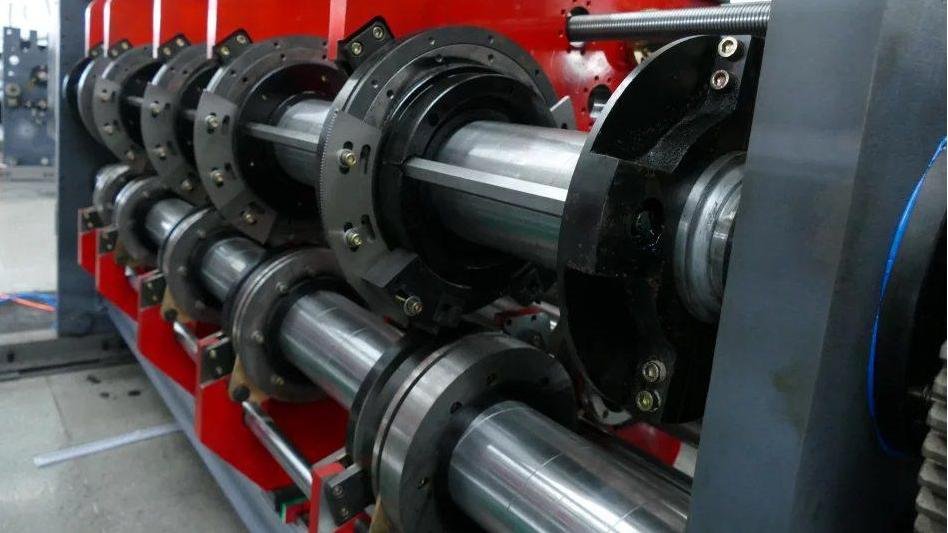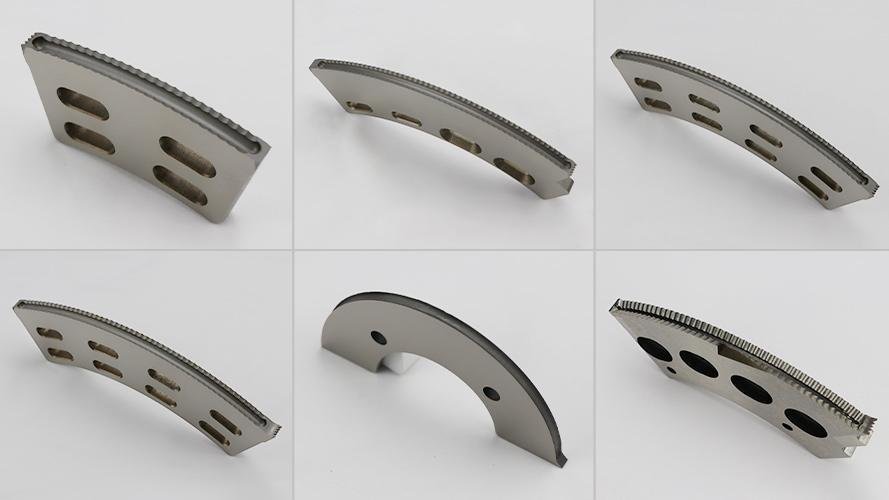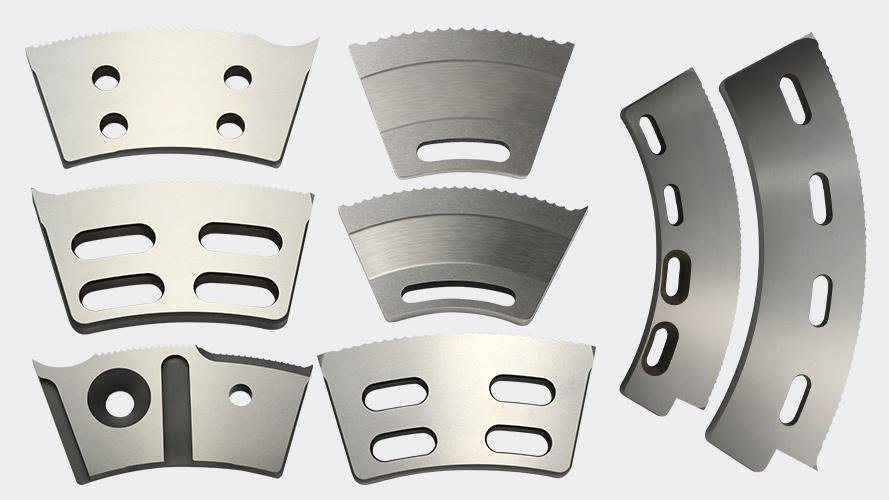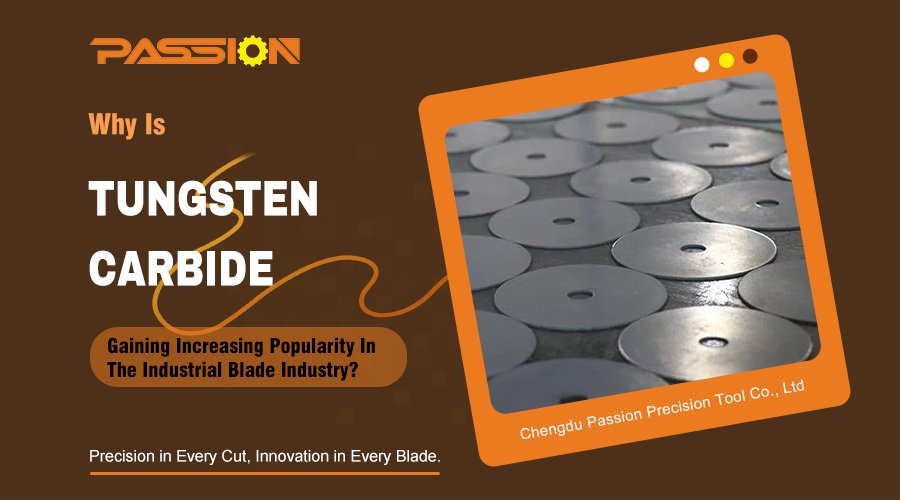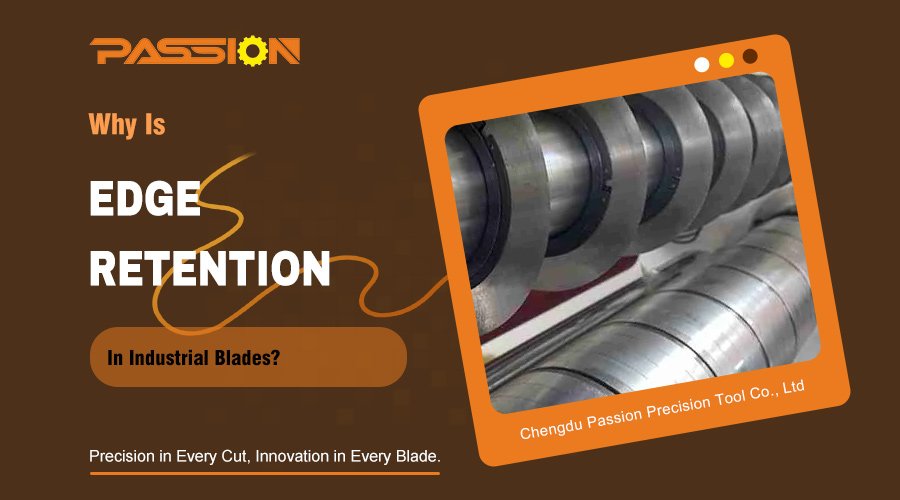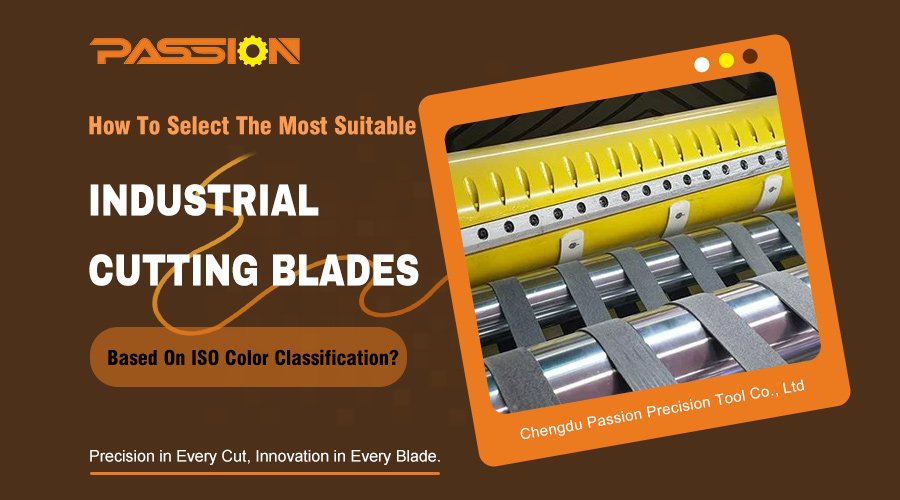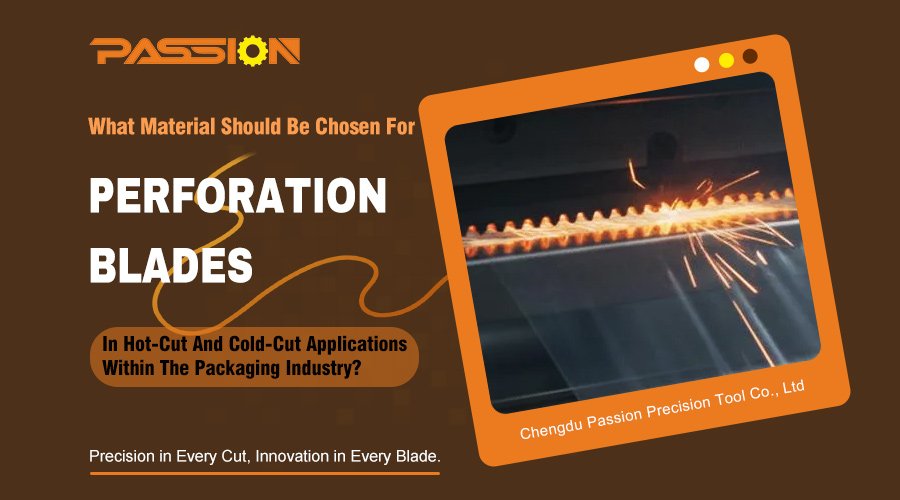Wasted material from bad cuts is costing you money. This leads to unsellable products, more dust, and frustrating downtime. The right slotting blade1 and process can fix this.
Reducing waste starts with choosing the right blade material and tooth profile2. You also need to fine-tune machine settings like alignment and clearance. Managing the entire process with preventive maintenance is also key. This ensures clean, precise cuts every time.
You might think a blade is just a blade, but it's the heart of your slitting line. I’ve seen many companies struggle with waste, not realizing the solution is right in front of them, spinning at high speed. It’s not just about the blade itself, but how you choose it, use it, and maintain it. Let's break down exactly how you can turn your blades from a source of waste into a tool for profit.
Why Is Choosing The Right Blade The First Step To Less Waste?
Using the wrong blade leads to frayed edges and scrap. This forces you to slow down production just to throw away valuable material, hurting your bottom line.
Choosing the right blade is key because its material, hardness, and tooth design directly impact cut quality. A high-quality steel blade with the correct tooth profile prevents fiber tearing and structural collapse. These are the main causes of waste during slitting.
In my work, I always say that waste reduction starts long before the blade ever touches the cardboard. It begins with the blade you select. Getting this foundation right makes everything else easier. A poor choice here will cause problems that no amount of machine adjustment can fully fix.
The Right Material Matters
The most common materials we see are high-carbon tool steels3 like D2 and SKD11. When heat-treated correctly, they are hard, tough, and resist wear very well. They handle the impacts of corrugated production better than carbide and can be reground, which saves money.
I remember a customer using SKD11 blades who had terrible edge tearing and a 15% increase in dust. Their supplier's heat treatment4 was inconsistent, causing the blade hardness to vary. We switched them to our PASSION blades, which have a vacuum heat treatment for uniform hardness. This small change, along with a better tooth design, solved their problem immediately. This is why we always stress the importance of stable, precise heat treatment. A dulling edge is the number one cause of fiber compression.
Getting The Tooth Profile Right
Toothed blades are popular for a reason. They don't just pull and hook the material. Instead, the many small teeth create high stress in a tiny area at very high speeds. This quickly shears the cardboard fibers with very little disturbance to the corrugated structure. This method is great for thick, multi-layer cardboard because it prevents the liner from tearing. When you use an upper and lower blade with a staggered tooth design, the cutting stress is spread out even more. This gives you a nearly perfect, burr-free cut.
| Feature | Benefit | Best For |
|---|---|---|
| High-Carbon Steel | High hardness, good toughness, regrindable | High-impact corrugated slitting |
| Vacuum Heat Treat | Consistent hardness, longer edge life | Minimizing edge dulling and fiber compression |
| Staggered Teeth | Dispersed cutting stress, clean and burr-free | Multi-layer, high-grammage cardboard |
How Do Machine Settings Turn A Good Blade Into A Great Cut?
You bought the best blades you could find, but you are still getting bad cuts. This is frustrating and costly, making you think the blades are the problem.
Proper machine settings make sure the blade performs as it was designed. Perfect alignment and correct clearance prevent uneven wear and tearing. Setting the right blade depth and coordinating with the creasing process stop fiber damage before the cut, guaranteeing a clean edge.
After selecting the perfect blade, the next step is making sure your machine is set up to use it correctly. A high-performance blade in a poorly-adjusted machine is like putting regular fuel in a race car—you simply won't get the performance you paid for. I've seen beautifully crafted blades ruined in hours because of simple setup mistakes. Let’s look at the critical adjustments you need to master.
Precision In Every Adjustment
Three settings are absolutely critical: alignment, clearance, and depth. First, the centerlines of the upper and lower blades must line up perfectly. If they are off, you'll get uneven wear on one side of the blade and a torn cut. Second, the clearance between the blades must be set for the thickness of your board. Too much or too little clearance will cause tearing.
Finally, the lower blade depth is crucial. The goal is to have the blade cut fully through the bottom paper just enough to lightly touch the pad roller. If you go too deep, you damage the blade and the roller. If you don't go deep enough, the liner won't be fully cut, and the board will be violently torn apart in the next stage.
The Link Between Slotting And Creasing
Slotting and creasing happen one after another, so they have to work together. If your creasing wheel applies too much pressure, it crushes the cardboard's fiber structure before it gets to the slotter. These pre-damaged fibers are weak. When the slotting blade cuts, the weakened edge is much more likely to fracture or collapse. You need to make sure the pressure from the creasing wheel and the shape of the crease line are a perfect match for the slotting action to follow.
| Setting | Problem if Incorrect | Solution |
|---|---|---|
| Blade Alignment | Unilateral wear, torn fibers | Ensure perfect centerline alignment |
| Blade Depth | Tool damage or incomplete cuts | Penetrate paper, lightly touch pad roller |
| Creasing Pressure | Crushed fibers, fractured edges | Match pressure and profile to board type |
How Can Proactive Management Keep Your Production Waste-Free?
Your cut quality starts out great, but then it gets worse over time. This unpredictable drop in quality leads to sudden spikes in waste and emergency shutdowns for maintenance.
Proactive management keeps your blades at peak performance and prevents waste. This means using a strict maintenance schedule for blade grinding or replacement based on usage. Don't wait for problems to appear. Using standard instructions for different cardboard types also helps deliver good results every time.
You have the best blade and the perfect machine setup. Now what? The final piece of the puzzle is managing the whole process with precision. Wear is a fact of life for any tool steel blade. The secret to long-term, low-waste production is to stay ahead of that wear. You must build a system that manages blade life before it becomes a problem on the production floor.
From Reactive To Preventive Maintenance
Tool steel blades have a limited period where they stay sharp. Because of this, you need a strict maintenance plan. I always tell my clients to create blade grinding5 or replacement cycles based on production mileage, not just time. Don't wait until you see dust flying or edges tearing. By then, you have already produced a lot of waste. You should regularly inspect the cut quality and the blade's condition. This allows you to intervene before quality drops, not after. A proactive approach feels like more work upfront, but it saves so much time, material, and money in the long run.
Standardizing For Success
Every type of cardboard is different. The flute type, number of layers, and moisture content all affect how the blade should be set up. To get consistent results, you should create and use standard work instructions. These guides should tell your operators the right speed, cutting depth, and other parameters for each specific job. For example, cardboard with high grammage or high moisture is very sensitive to blade sharpness. These materials will require you to use a shorter regrinding cycle. Documenting this knowledge helps everyone, from new operators to seasoned veterans, produce less waste.
| Cardboard Type | Key Parameter | Recommended Action |
|---|---|---|
| High-Grammage Board | Blade Sharpness | Shorter regrinding/replacement cycle |
| High-Moisture Content | Blade Sharpness | Use very sharp blades, shorten cycle |
| Multi-Layer Board | Blade Depth | Re-verify depth for complete penetration |
Conclusion
Reducing waste is simple. It comes down to the right blades, precise machine tuning, and a strong maintenance plan. Precision in these key areas guarantees less waste and more profit.
Learn about the functionality of slotting blades to improve your cutting processes. ↩
Discover how the right tooth profile can enhance cut quality and reduce waste. ↩
Understanding high-carbon tool steels can help you choose the best materials for your blades. ↩
Learn how heat treatment affects blade performance and longevity. ↩
Understanding blade grinding can help you maintain optimal cutting efficiency. ↩


